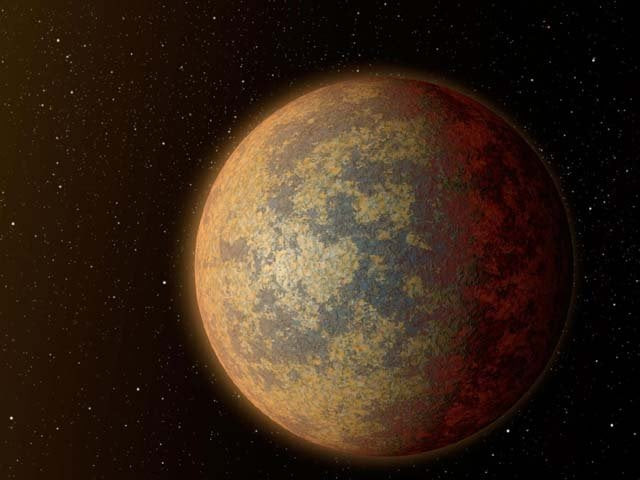Scientists discover new planets, including 'super Earth' that could support life
The two teams discovered up to 114 new planets

An artist's impression shows what exoplanet HD 219134b could look like. PHOTO: NASA/JPL-Caltech
One of the exoplanets, described as a hot "super Earth" has a rocky surface and is found in the fourth-nearest star system to ours.
Named Gliese 411-b, the planet suggests that all stars near the Sun have planets orbiting them - which mean that they may have Earth-like conditions that could support life.
Promoting science: Scientists share knowledge with students, researchers
These results are based on almost 61,000 individual observations of 1,600 stars over a 20-year period. These observations were taken by US astronomers using the Keck-I telescope in Hawaii.
The results came as part of the Lick-Carnegie Exoplanet Survey, which was started in 1996 by astronomers Steve Vogt and Geoffrey Marcy from the University of California, and Paul Butler from the Carnegie Institute of Science, Washington.
Dr Butler said, "This paper and data release is one of my crowning achievements as an astronomer. It represents a good chunk of my life's work."
The tales of politics and science
Analysis of the data was led by Dr Tuomi, a European-based researcher working on the project. He said, "It is fascinating to think that when we look at the nearest stars, all of them appear to have planets orbiting them.
"This is something astronomers were not convinced about, even as little as five years ago.
"These new planets also help us better understand the formation processes of planetary systems and provide interesting targets for future efforts to image the planets directly."
The group's paper has been accepted for publication in The Astrophysical Journal.
This article originally appeared in The Independent.



















COMMENTS
Comments are moderated and generally will be posted if they are on-topic and not abusive.
For more information, please see our Comments FAQ